21. Mechanical and Machine Design¶
The Group Members for this Project are:
• Ravi Baldeo
• Nervene Bhagwandass
• Marvin Holloway
The Assignment The tasks to be completed for the group assignment are as follows: o Design a machine that includes mechanism + actuation + automation o Build the mechanical parts and operate it manually o Actuate and automate your machine o Document the group project The individual assignment is for everyone to document their individual contribution
The Project¶
The group decided to build a Colour object sorting machine.
Working Knowledge¶
The aim of this project is to understand the Arduino UNO Colour Sensor Interface and how can we make a Colour Detection application using Arduino UNO and TCS3200 Colour Sensor. Relating to the sketch in the mechanical design the objects are sorted based on the color. To detect the color of the object, the color detection circuit along with color sensor is used. The Arduino UNO will be used as a controlling device to carry out various activities by taking proper decisions. As we are sorting the object we will need a mechanical mechanism to sort the object using a Servo motor and Conveyer Belt. First the object will be sorted based on its color with help of color sensor. The color sensor that will used in this project is TCS3200. It detects the color of an object and gives a specific number of code to the Arduino UNO. The Arduino UNO compares the code with the stored data and gives specified output related to the input. Finally, the controller will give command to mechanical assembly to place the object at a specified location.
Design of the System¶
The Arduino UNO¶
An Arduino board consists of an Atmel 8-bit AVR microcontroller with integral segments that stimulate programming and joining into different circuits. In an Arduino the critical parts are in standard connectors, which gives an opportunity to connect the CPU board to an assortment of compatible extra modules known as shields. Official Arduino uses the mega AVR arrangement of chips, particularly the ATmega8, A Tmega168, ATmega328, ATmega1280, andATmega2560. Arduino is an uncomplicated to use hardware and software which is built on open source electronic platform. Arduino boards are functional for publishing something online, turning on an LED, a figure on button, read input-light on a sensor. You can tell your board what to do by sending a set of directive or instructions to the microcontroller on the board. To do various tasks you can use the Arduino programming language and the Arduino Software (IDE), based on Processing.

Colour Sensing¶
The Colour Sensor is a complete Colour detector. In this design we will be using the TCS3200 coloured sensor chip. It can detect and measure a nearly limitless range of visible colours to a certain degree.
Conveyor Belt¶
Conveyor belts work by using two pulleys that continually loop over the material that rotates over them. This is done with unlimited procession of hooks, gears and a wide rubber belt. The rollers can support the belt along the path. In this project the conveyer belt is used to transfer the Object from one end to the other end in the sorting mechanism in order sorting effectively.
Software¶
The Arduino is programmed with C and C++
Arduino IDE, which stands for “integrated development environment,” is free open-source software for writing “sketches,” which is what Arduino users call programs.
When you open Arduino IDE for the first time, you need to establish the port where the software ought to expect the Arduino to show up. Go to “Tools,” then “Serial Port.”
On Windows, the serial port should be COM3 or higher, as COM1 and COM2 are usually reserved for other hardware. In order to know for sure, you can unplug the Arduino and reopen the IDE menu. The entry that no longer appears is what your Arduino was.
The DC motor¶
A DC motor is any class of rotating electrical instrument that converts direct current electrical power into mechanical power. The most common types depend on the forces produced by magnetic fields. The internal mechanism of all types of DC motors, either electronic or electromechanical, to periodically change the path of current flow in the part of the motor.
The Liquid Crystal Display¶
Structure
I created a rough sketch for the key aspects of the design
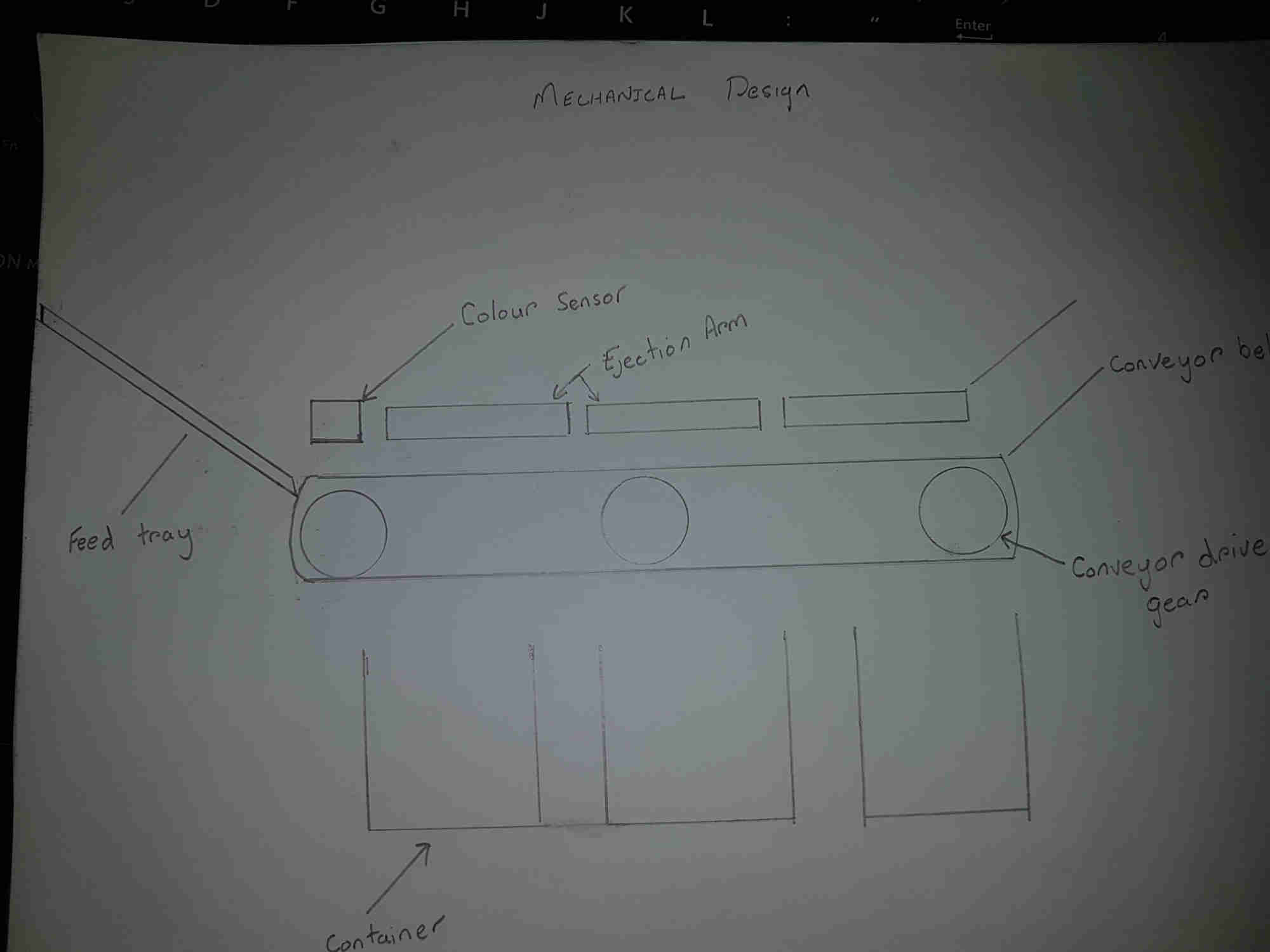
For the main structure I utilized the alluminum frames from another robotics kit (VEX Robotics) we had available.

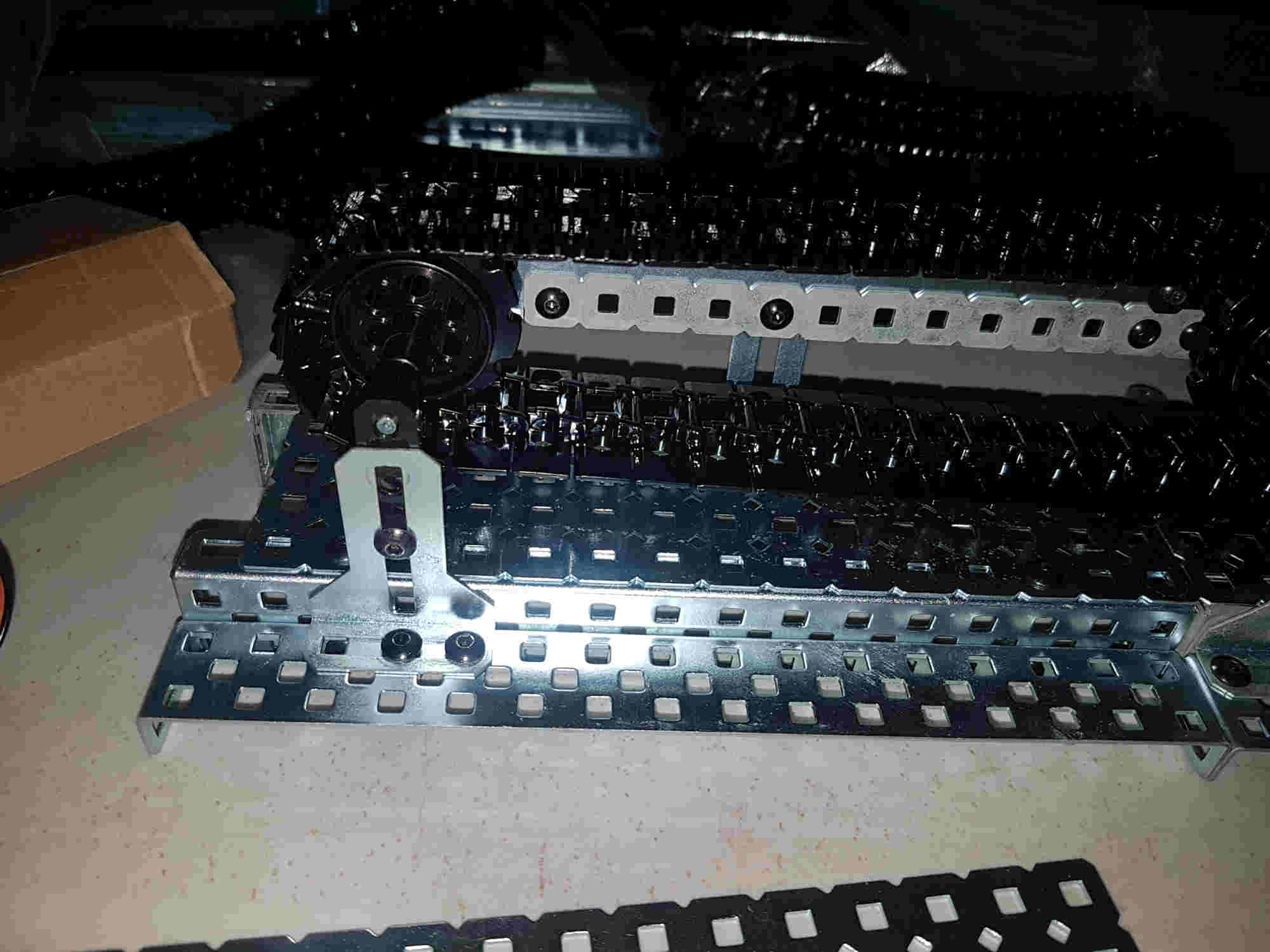
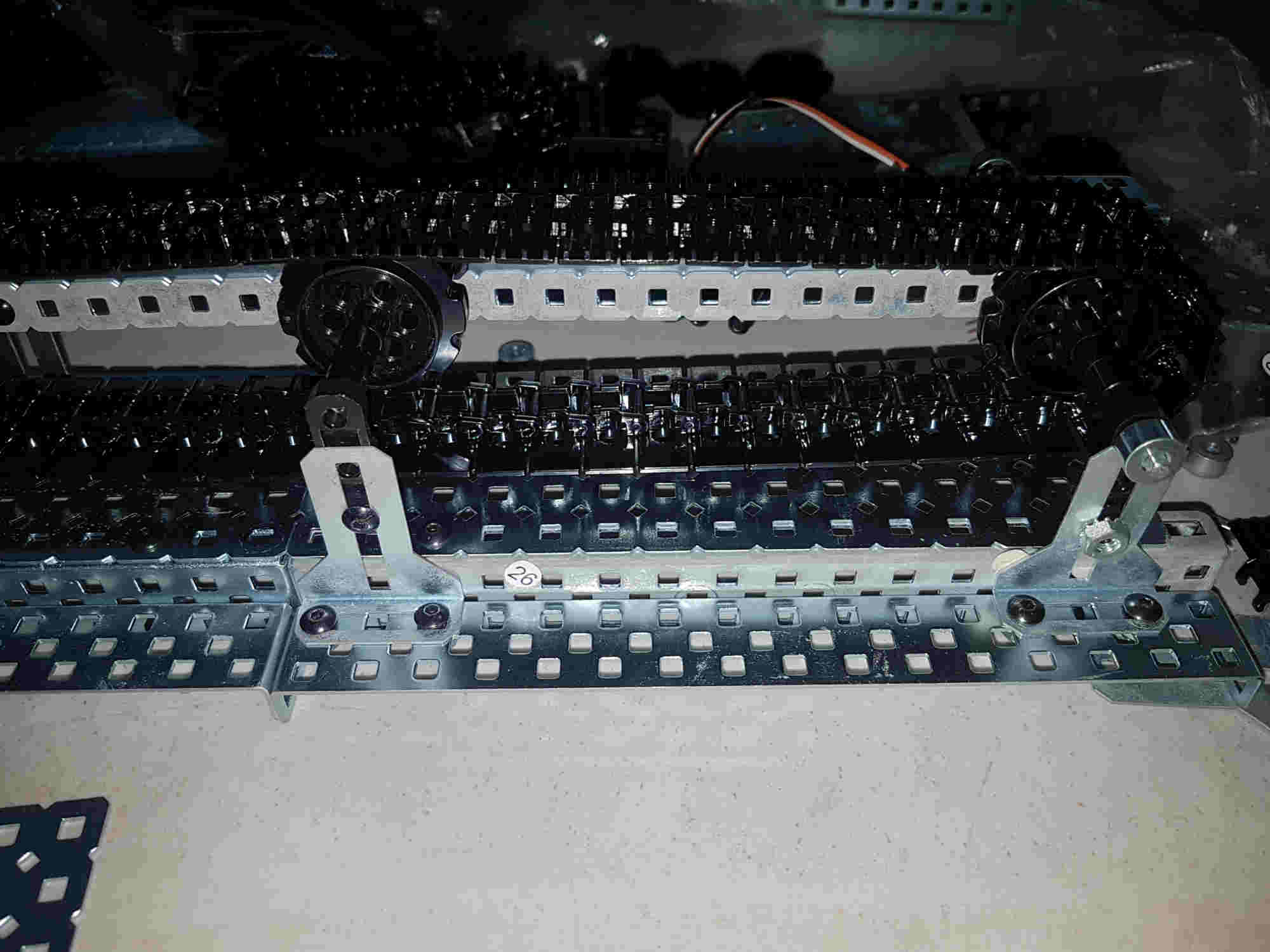



The ejection arms was mounted to servos.

The entire system was elevated to accommodate the ejection chutes and drive motor platform was extended to accommodate the control board
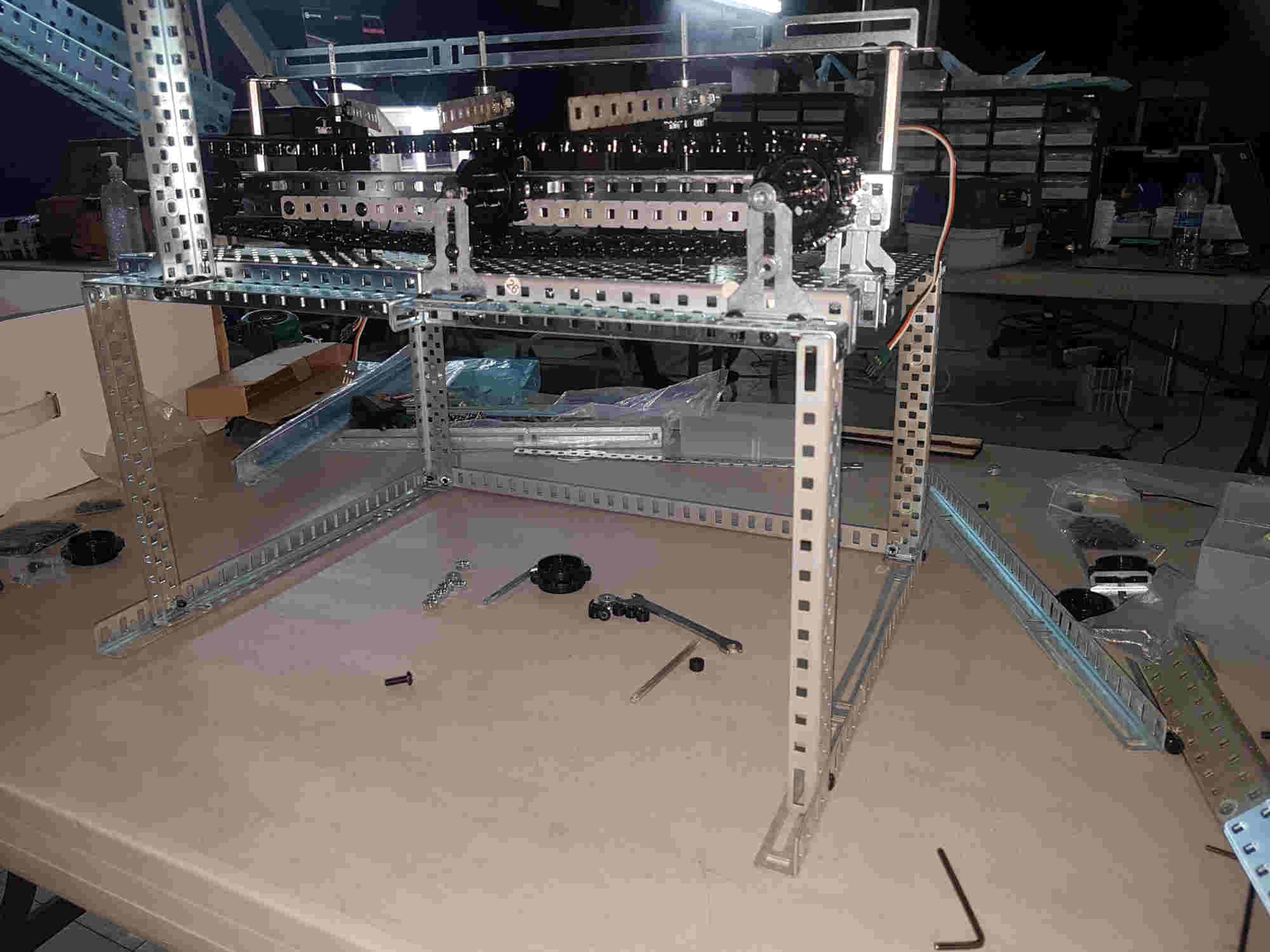
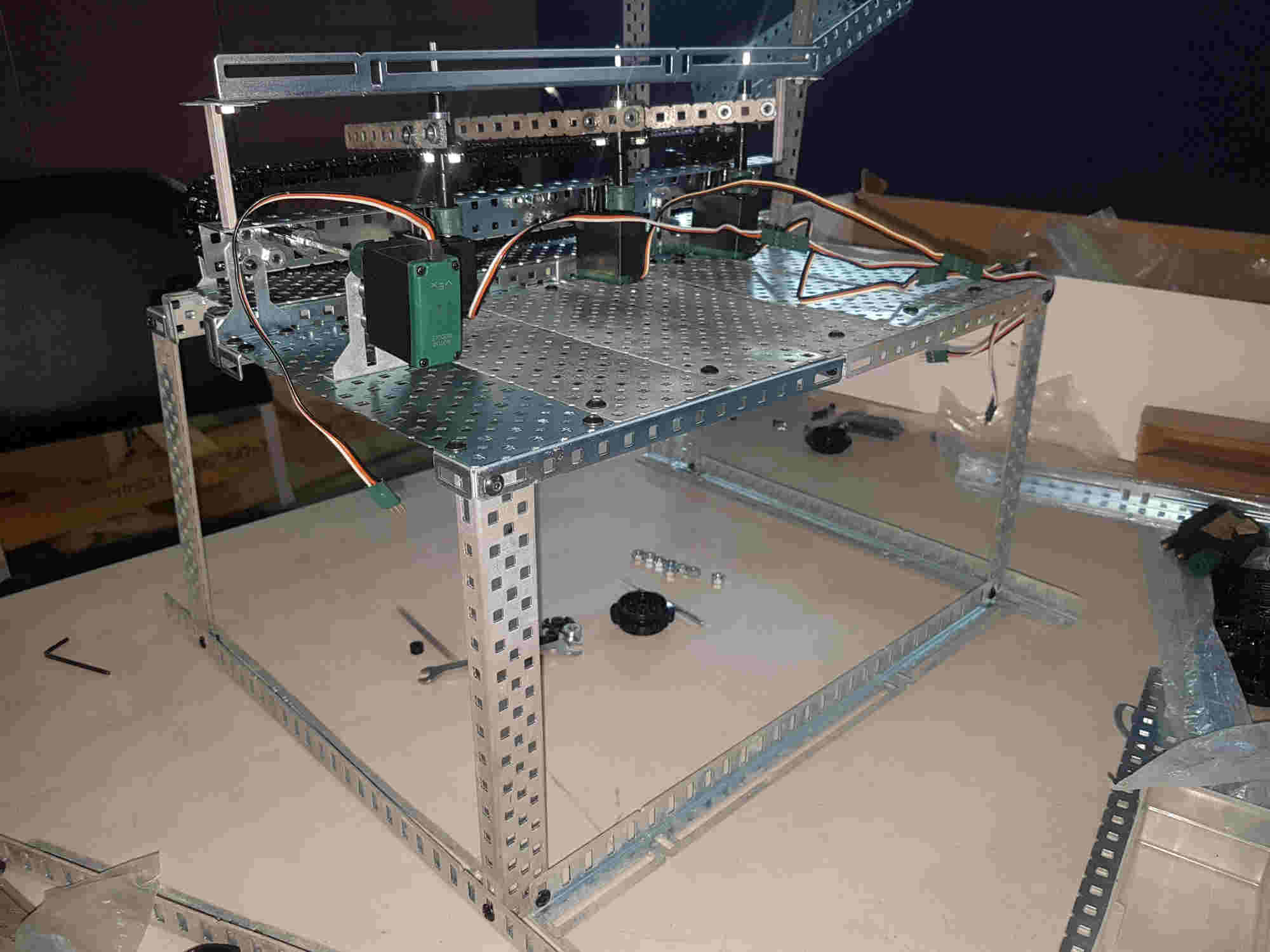
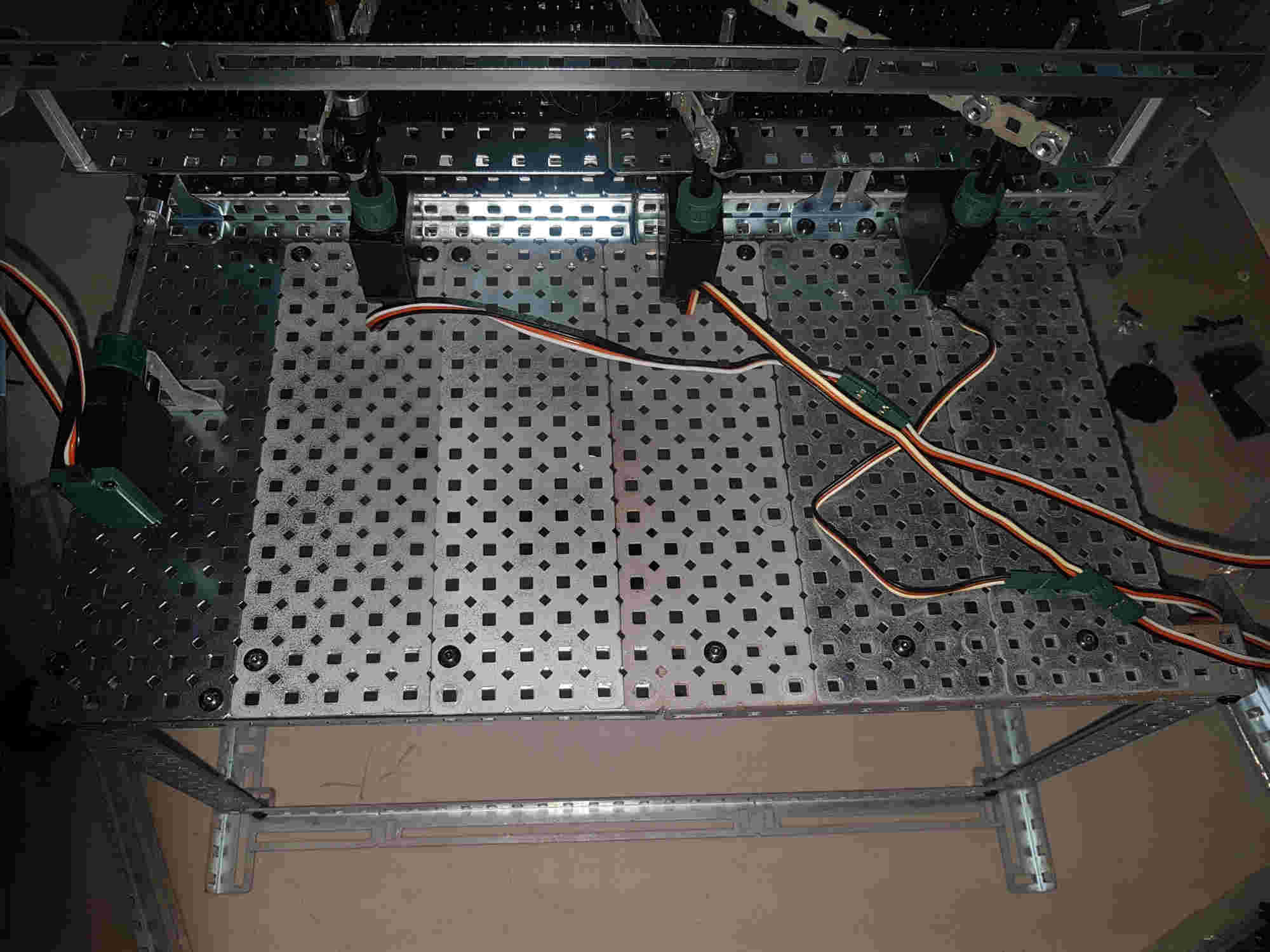
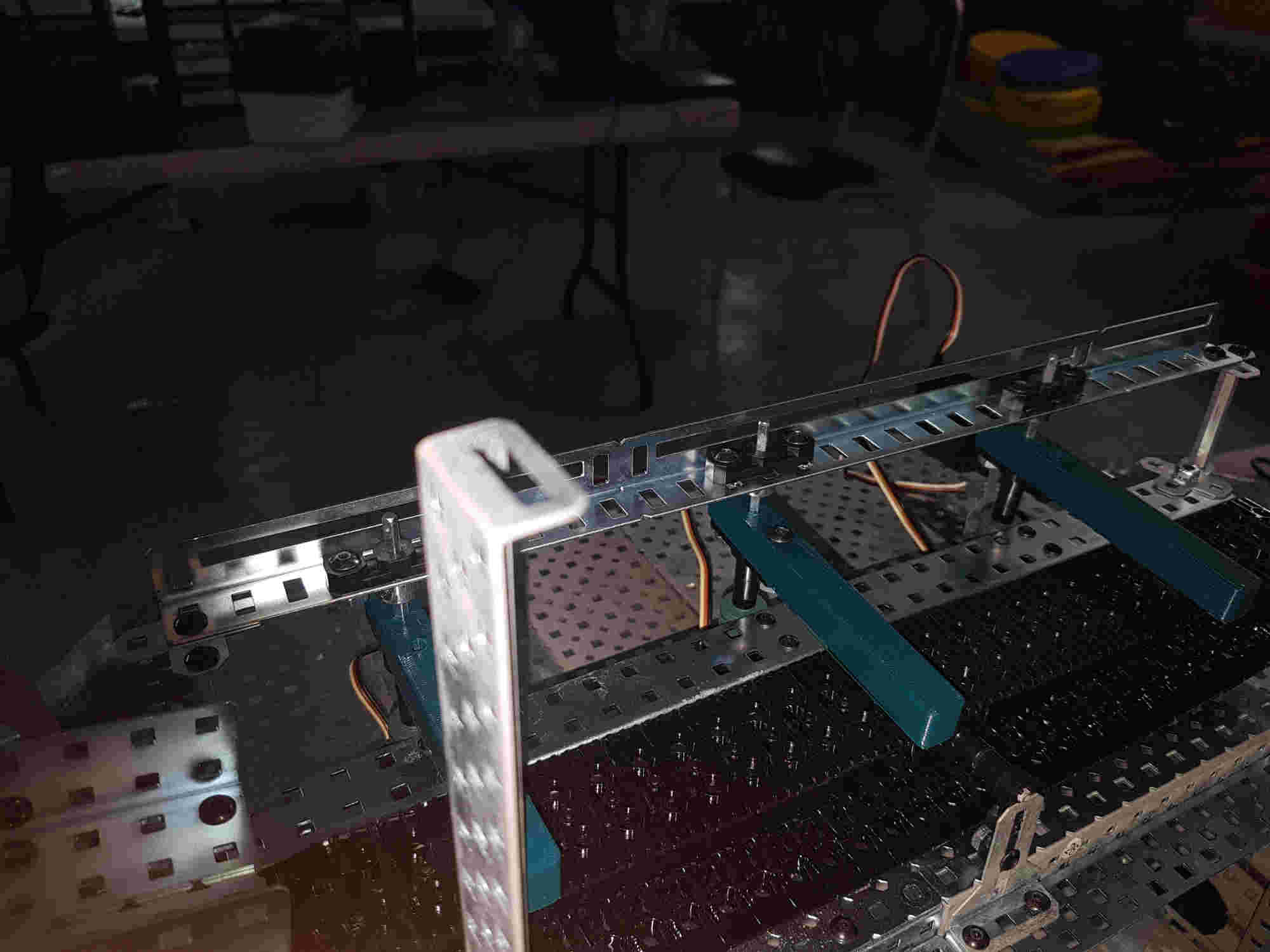
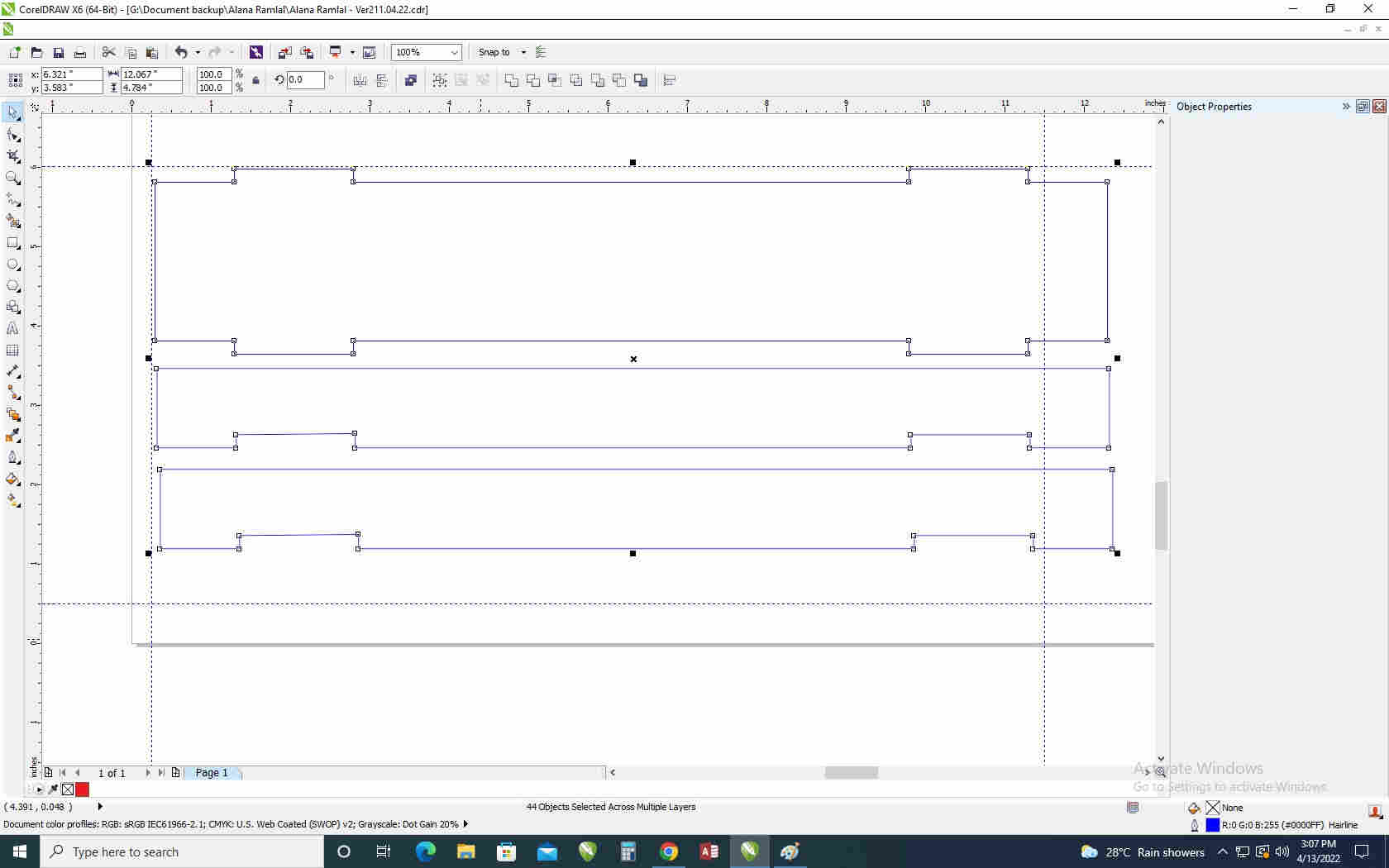
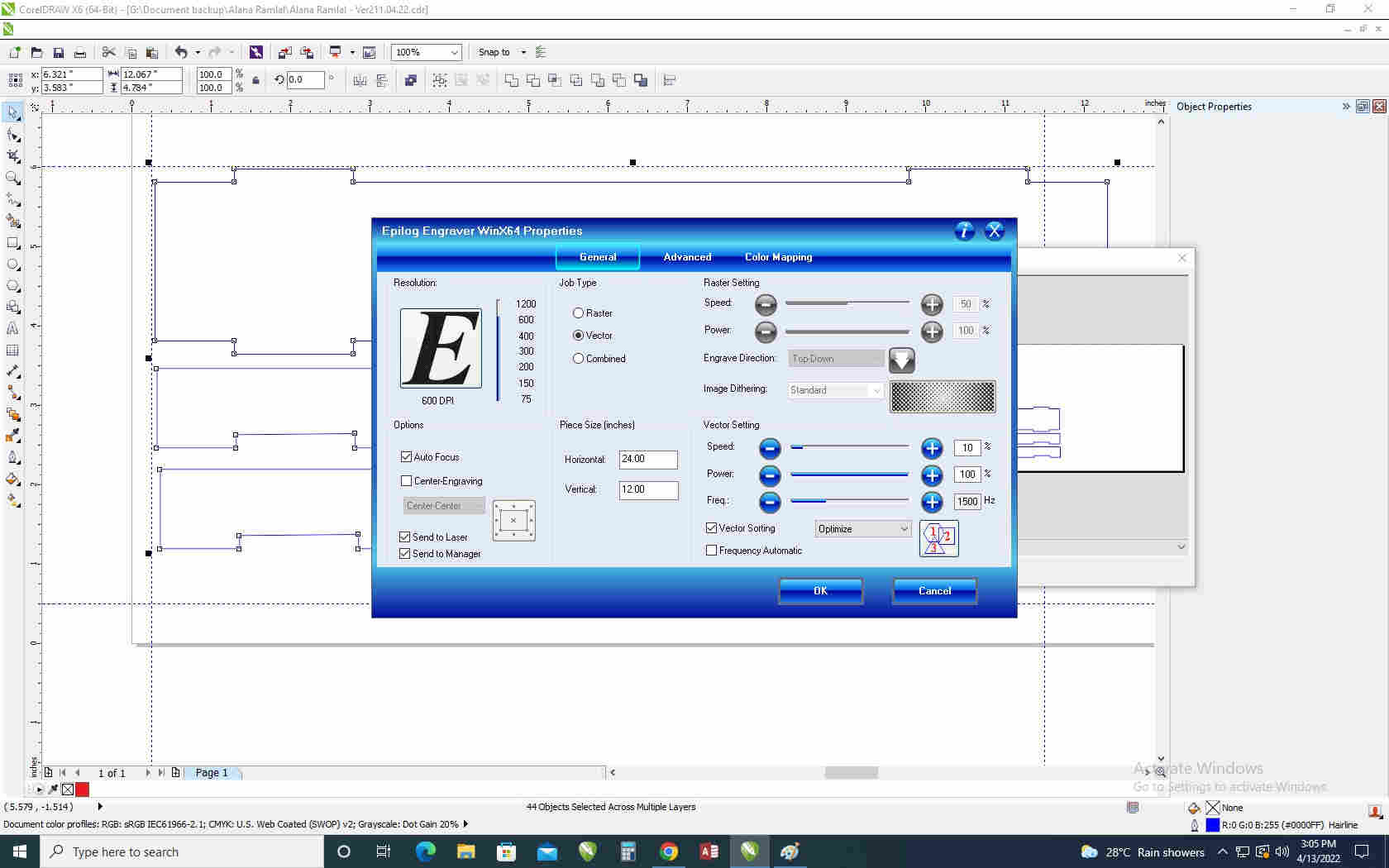


Applications of the System¶
• Pharmaceutical
• Toy Industry
• Agricultural product sorting
• Industrial Automation
• Food Industries
• Sorting of Lego Parts
Code Example¶
Use the three backticks to separate code.
// the setup function runs once when you press reset or power the board
void setup() {
// initialize digital pin LED_BUILTIN as an output.
pinMode(LED_BUILTIN, OUTPUT);
}
// the loop function runs over and over again forever
void loop() {
digitalWrite(LED_BUILTIN, HIGH); // turn the LED on (HIGH is the voltage level)
delay(1000); // wait for a second
digitalWrite(LED_BUILTIN, LOW); // turn the LED off by making the voltage LOW
delay(1000); // wait for a second
}